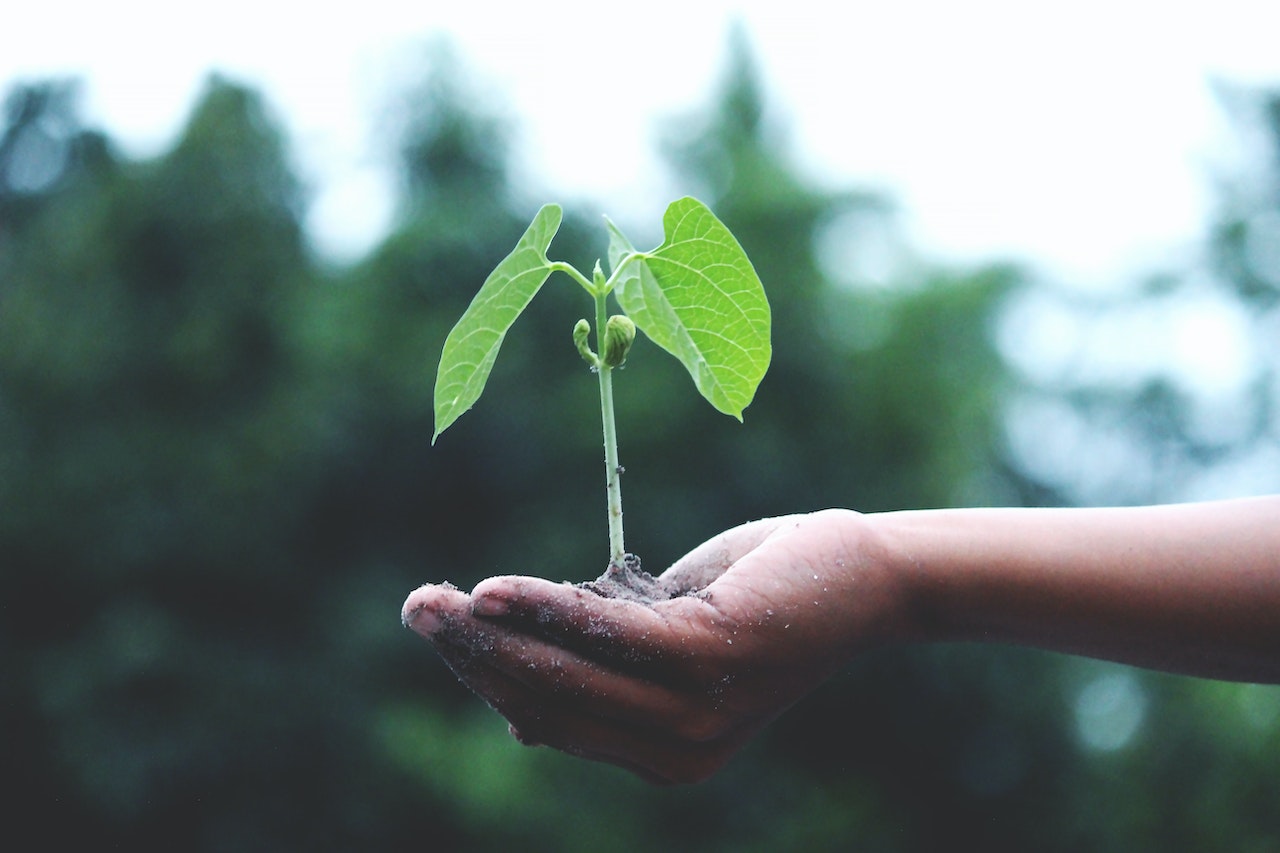This post was originally published on Sustainability Matters

The Politecnico di Milano, coordinator of the Waste Oils RecycLe and Development (WORLD) project, proposes a circular and sustainable process to turn used vegetable oil into a valuable resource.
Vegetable oil is used widely around the world, and cooking and food preservation is said to generate a huge amount of waste oil. Around four million tonnes of used vegetable oil are produced in Europe each year, representing just 4% of the total global amount of the widespread product. If not properly disposed of, the waste can lead to significant environmental impacts.
The goal of the WORLD project is to optimise waste vegetable oil treatment processes while improving the quality of end products, reducing waste and fostering European independence in the supply of critical raw materials.
The project proposes to recycle used vegetable oil, yielding materials used as bio-lubricants, air purification devices and fine chemical components from petroleum-free precursors. These applications are presented as a supply chain parallel to their well-known use in the production of biodiesel, although this is limited by law to 10% and concerns only the purest fraction of the waste.
In addition to economic and technological benefits, the project has a strong social and environmental impact: raising awareness of correct waste oil collection can reduce public costs related to incorrect disposal and prevent environmental damage. In addition, a life cycle analysis (LCA) will be conducted to assess the best strategies to minimise ecological, economic and social impacts by adopting a ‘zero waste’ approach.
The project study was published by the British Royal Society of Chemistry in the international journal RSC Sustainability.
“We started by observing that the waste vegetable oil recycling industry is currently based on simple decantation and filtration processes, without adequate scientific optimisation. We therefore analysed two alternative techniques — bentonite treatment and water washing — to improve their efficiency and reduce their environmental impact,” explained study co-author Andrea Mele, from the ‘G. Natta’ Department of Chemistry, Materials and Chemical Engineering at the Politecnico di Milano.
“Through an experimental approach based on the design of experiments (DoE) methodology and multivariate statistical analysis, we optimised key parameters such as temperature, pH, bentonite concentration and oil-to-water ratio. The results showed that washing with water at 75°C and pH 6 guarantees the best performance in terms of yield, productivity and environmental sustainability, minimising the production of waste and the carbon impacts of the process,” continued co-author Alberto Mannu, who recently transferred from the Politecnico di Milano to the Department of Mechanical and Industrial Engineering at the University of Brescia.
Thanks to the WORLD project, a mathematical model developed from the collected data yields predictions of equivalent CO2 emissions according to operating conditions, providing the recycling industry with a practical tool for optimising processes in line with environmental certification standards.
This scientifically validated approach marks a step forward in the transition towards an efficient and sustainable circular economy. It is said to form part of the key principles of green chemistry, open new prospects for sustainability and efficiency, and may be highly competitive from a technical/economic perspective in models of the circular economy.
The WORLD project was funded by the European Union under the H2020-MSCA program. The consortium, which is coordinated by Politecnico di Milano, includes the Universities in Burgos (Spain) and Dunkirk (France), LUT University (Finland), and the Universities of Sassari and Brescia, together with non-academic partners in Spain and Italy.
Image credit: iStock.com/Rosendo Serrano Valera





0 Comments